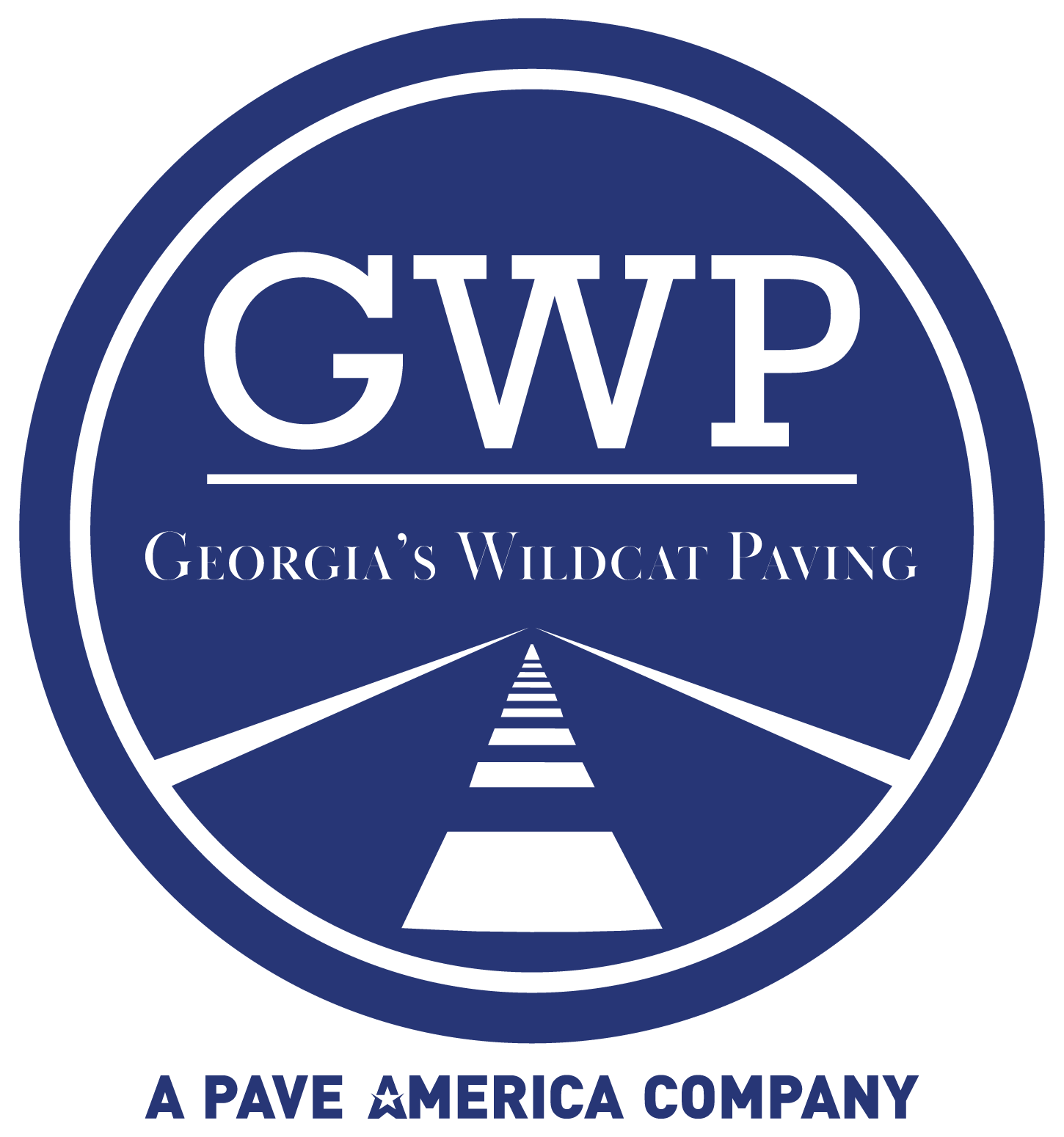Pavement marking refers to applying road lines and symbols to guide drivers and other road users. These markings help motorists to navigate the roads, understand traffic laws, and identify specific areas.
Some of the areas include crosswalks, bike lanes, and parking lots. The placement of these pavement markings and specifications is regulated.
Here is a comprehensive guide on what to know about pavement marking.
Purpose
The purpose of pavement markings is to provide you with visual guidance about the road and its surrounding environment. This can include traffic flow direction and lane divisions. It can also include information such as speed limits and parking spaces.
The marking establishes the direction of travel and boundaries to prevent vehicles from colliding. Additionally, words and symbols painted on the road may show the speed limit and help drivers maintain a safe speed.
Types of Pavement Markings
Painted and thermoplastic are the two main types of pavement markings. Painted markings are made by applying paint to the road surface. They can be either water-based or solvent-based. Painted markings are easy to apply but have limited durability.
Thermoplastic markings are made by heating a mixture of plastic and glass beads. They are more durable and can withstand heavy traffic and extreme weather conditions. They are also more reflective, making them easier to see at night or in low-light conditions.
However, thermoplastic markings are more expensive and require specialized equipment and training.
Color of Pavement Markings
The pavement marking color plays a critical role in passing information. Some standard colors used in pavement markings include white, yellow, green, red, and blue.
The choice of color depends on the type of information being passed on and the visibility requirements of the marking.
Placement
The Federal Highway Administration regulates the placement of pavement markings to ensure uniformity. Some common placement locations include center lines, lane markings, crosswalks, and stop bars.
Placing pavement markings is crucial to ensure you receive clear and consistent information. This helps reduce confusion and improve traffic flow, making roads safe.
Reflectivity
Reflectivity is critical in pavement markings, especially in low-light conditions and at night. Reflective pavement markings reflect light to the driver, making them easy to see.
The level of reflectivity required depends on factors such as traffic volume and lighting conditions. Using reflective pavement markings improves road safety and reduces the risk of accidents.
Maintenance of Pavement Markings
This is critical in ensuring that markings remain visible and provide clear information to road users. Maintenance activities involve cleaning, repainting, replacing, and upgrading. Maintenance is an ongoing process that ensures the markings display the intended information.
Regulation of Pavement Markings
Regulations for pavement markings are implemented to ensure markings provide clear and accurate information. This measure goes a long way in making roads safe for everyone.
Regulatory agencies perform regular inspections to ensure that pavement markings follow established standards. Non-compliant pavement markings may be subject to fines or legal penalties.
What to Know About Pavement Marking
Pavement markings play a critical role in road safety by providing precise information to road users. At Georgia Wildcat Paving, we offer a variety of paving services. Contact us today to get your estimate.





